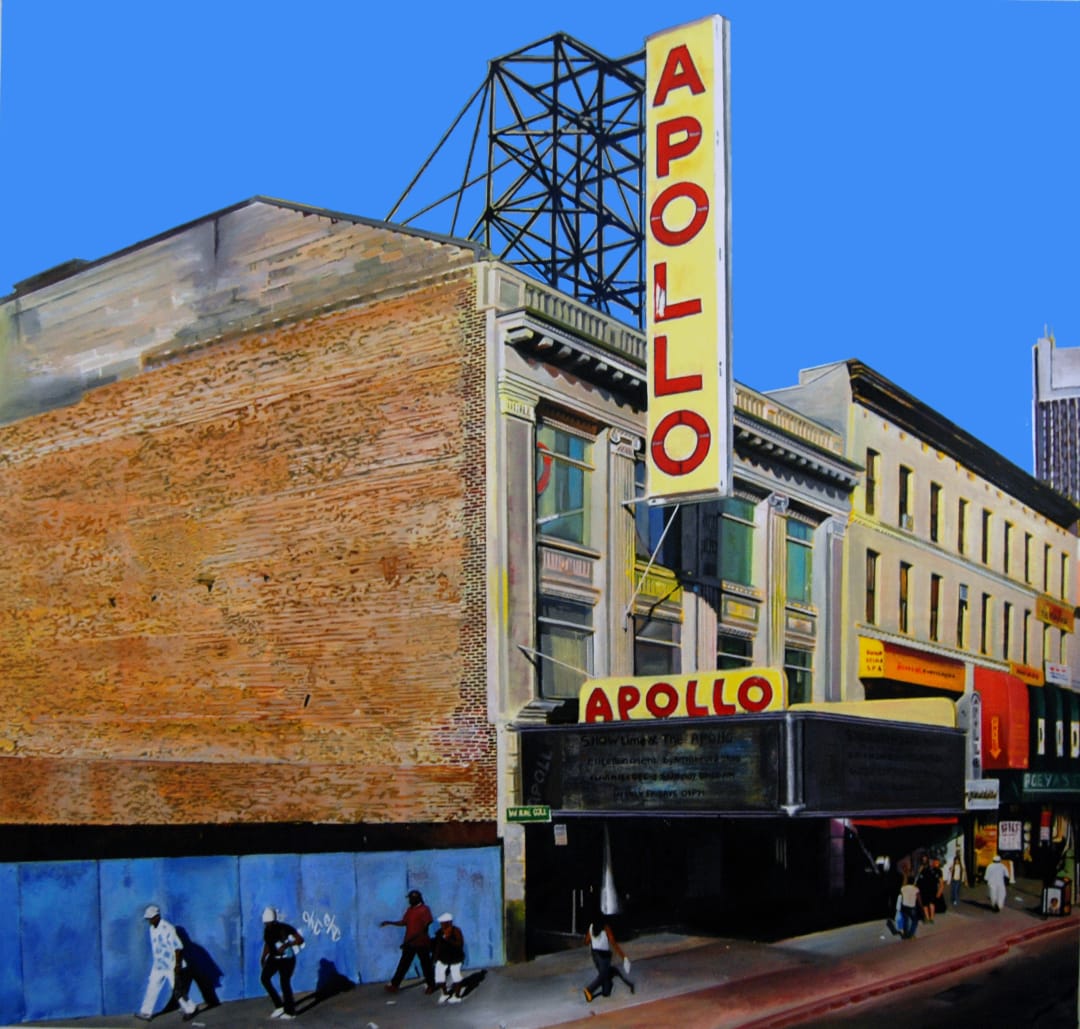Cheikh Ndiaye’s world constantly reflects the origin of his research, the street. “Faire de la rue un salon d’extérieur’’ (From the street to an outdoor living room) contains within the gallery space his painting, arrangements, questionings and installations. The exhibition is based on individual and collective experience. Like walking in the town where we feel connected with the crowd, as well as a solitary being deep within.
The walls of the interior space are identical to the building façade. The surface is homogenous; it has spread and stretched to cover and link it all together. The architectural ensemble blurs benchmarks; there is no definition between the inside and the outside. Hybrid objects, composites and fragments of structures fill this covered area that we enter. The items malfunction, their mechanics have become redundant, yet suggest their former function. They are connected through formal entities with a common understanding, as we approach this archipelago. The constituent islands are markers leading us to decipher the underlying riddles.
The paintings presented provide views of landscapes, the street and buildings. The painted views create openings and seem to traverse the opaque, dense and imposing exposed concrete wall. Take your time wandering through this large room, explore and be guided towards new territory. The pieces or invented compositions made from assemblage are linked together by a line rewriting a horizon.
The everyday objects echo a tangible and established reality. However, the arrangements seem to veer from diverse spheres towards distant spaces and shifting times. The order of things through visible or concealed forms constantly reinvents itself to its limits.
The unity of Cheikh Ndiaye’s work derives from its classification. The objects question: a book can perform a function without being read, maintain a form or become a construction material. An artificial light comprising neon bulbs assembled in a single source is permanently lit in broad daylight and illuminates a thick, pierced tarpaulin from within. The car wheel can turn once to leave its painted design, leaving its imprint. Frameless doors that are ajar and attached to each other, are no longer open or closed, they interconnect in a theatrical series.
In this exhibition Cheikh Ndiaye materialises the idea of the porosity of substances, in relationships of alterity or otherness. He interlinks it in his pieces with the notion of deterioration, as if resisting omission.

